After Christopher Columbus discovered the New World in 1492, invasions of islands and empires swiftly gathered pace as Spanish conquistadors arrived to settle and plunder.
Conquistadors were not farmers or craftsmen – instead, they were soldiers, explorers, and adventurers in search of enormous wealth. In their quests for riches and land, they attacked and enslaved native communities and looted gold, silver, or whatever other treasures were available for the taking.
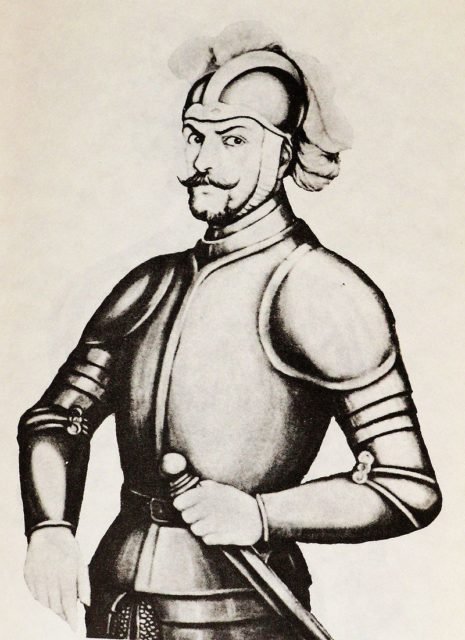
The two most famous conquests were those of the Aztec empire in Mexico by Hernan Cortes and the Inca empire in Peru by Francisco Pizarro. What is intriguing is that both of these Spanish explorers had only modest forces that were far outnumbered by the warriors of the empires they conquered. Cortes’s army consisted of around 600 men while Pizarro’s was only 160 men, but these and other Spanish conquistadors were able to defeat much larger bands of warriors – for example, Sebastian de Benalcazar’s army of 200 Spanish and 3,000 Canary allies brought 50,000 Inca warriors under the command of General Rumiñahui to a draw. A key element of the success of all Spanish conquests of the time was their advanced weaponry and fine armor.
Spanish conquistadors fell into two types, the cavalry of horsemen or the infantry of foot soldiers, and they all relied on similar weapons. Cavalrymen were given larger shares of the treasure than infantrymen, and some soldiers would save up to buy horses as an investment in future success during conquests. The cavalrymen typically carried lances and swords. Lances were long wooden spears with end points of iron or steel that could wreak havoc on large crowds of enemy foot soldiers. Swords were used in close combat and were typically three feet long, narrow, and sharp on both sides.
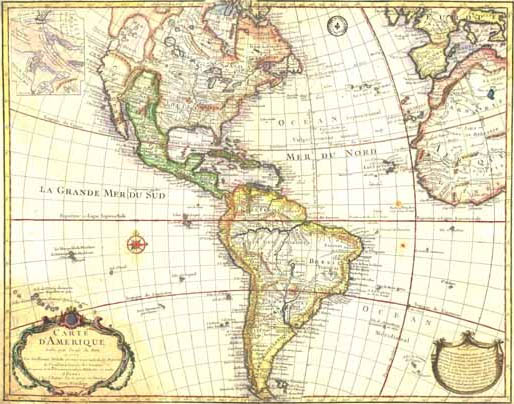
Since the city of Toledo in Spain was one of the best in the world for making weapons and armor, conquistadors highly valued their fine Toledo swords. In fact, the swords were not approved for sale until they were proven to bend in a half-circle and endure forceful impact with a metal helmet. Toledo swords gave conquistadors such an advantage during conquests that the Spanish made it illegal for natives to possess one.
Infantrymen used Toledo swords to cut down large groups of natives in minutes as they fought on foot. However, they occasionally employed other weapons like an early firearm called a harquebus. The harquebus was often fired to intimidate native warriors who came to believe that the Spanish could make thunder.
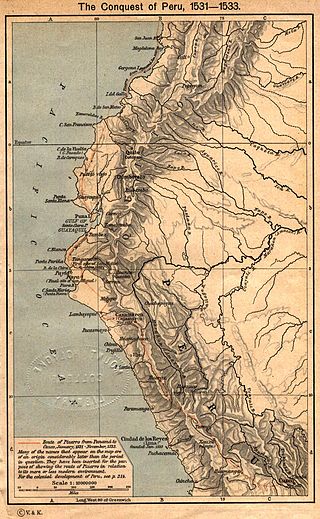
It was effective against one opponent, but it was time-consuming to load, heavy to carry, and complicated to fire. Infantrymen also sometimes used the European crossbow, but it had been designed to defeat armored knights and was awkward and bulky against fast-moving and lightly armed native soldiers. Like the harquebus, the crossbow was time-consuming to load, and it would often break or not work properly.
Aside from advanced weaponry, it was also fine armor that helped ensure the success of Spanish conquistadors. Like their trusty swords, the armor was made in Toledo and was among the world’s finest.
Soldiers were protected by steel from head to foot, making them practically indestructible. In Europe, armored knights had controlled battlefields for hundreds of years, and weapons like the harquebus and crossbow had been constructed over time to pierce armor and ensure defeat. Natives fighting the conquistadors had never known such weapons, and they were unable to kill many armored cavalrymen or infantrymen in battle with their own primitive weapons.
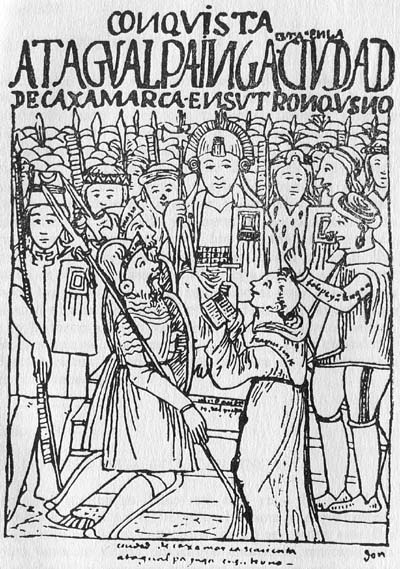
The most well-known piece of conquistador armor was a helmet called a morion. It was crafted from heavy steel with a top crest and curved sides that ended in points. Infantrymen sometimes used a salade, which was a full-face steel helmet with a T-shaped front for the eyes, nose, and mouth. There was also a much simpler helmet called a cabasset, which covered the ears and head with an almond-shaped steel dome.
For body armor, conquistadors wore a heavy breastplate, greaves for the arms and legs, a metal skirt, and a gorget to protect their necks and throats. Elbows and shoulders were covered with overlapping plates while feet and hands were protected by armored boots and gloves, leaving nearly no vulnerable spots on a conquistador’s body. A full suit of armor weighed about 60 pounds, but because the weight was distributed evenly over the body, it could be worn for long periods without making the wearer tired. Large shields were not needed in battle, but some conquistadors used a buckler, which was a small round shield made of wood or metal covered in leather.
On the other side of the conquest battlefield, the natives were mostly at a loss. They did not have horses, advanced weapons, or full body armor like the Spanish. Most of the native cultures in North and South America were in between the Stone and Bronze Ages with weaponry, and their foot soldiers carried clubs and maces. Some warriors also had stone axes or spiked clubs, which could not seriously harm or kill a conquistador due to his steel armor. Aztec warriors fought with the macuahuitl, a wooden sword with obsidian shards on the sides, but it was ineffective against steel. The natives did have some success with missile weapons, using slings to launch stones at the conquistadors. The Aztecs relied on the atlatl, which propelled javelins or darts at enemy soldiers.
Regarding the native armor, it was designed to instill fear in enemies as well as protect warriors – but it was no match for the Spanish steel armor or Toledo swords. Native armor was magnificently decorated and colorful. Aztec warrior societies clad themselves in jaguar skins or eagle feathers, and Incas wore padded armor and used shields and helmets made of wood or bronze. While certainly appropriate for battle with other tribes, the armor of the natives was ineffective in protecting them from more advanced weapons used in Spanish conquests.
Of course, the success of Spanish conquests in native locations was not due solely to weapons and armor, but they were key elements. Native warriors were fierce and strong, but even in greater numbers than their attackers, they simply lacked the skill and technology to defend themselves fairly. Spanish conquistadors used this to their advantage, making their invasions much easier and their influence much greater.
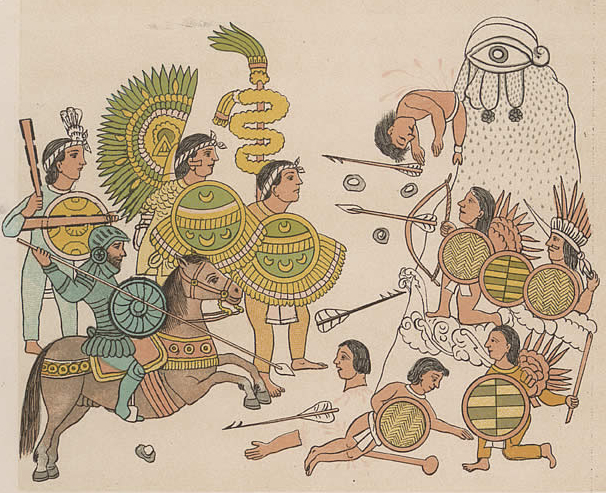
Also, conquistador success was helped by the diseases they brought to the New World; millions of natives died from smallpox, which they had never been exposed to.
We have another story for you: Spanish conquistadors and the stolen treasure of Montezuma
Finally, in the case of the invasion of the Inca Empire in 1532, conquistadors seized upon a vulnerable area recovering from a recent civil war over the emperor’s throne between brothers Huascar and Atahualpa.
